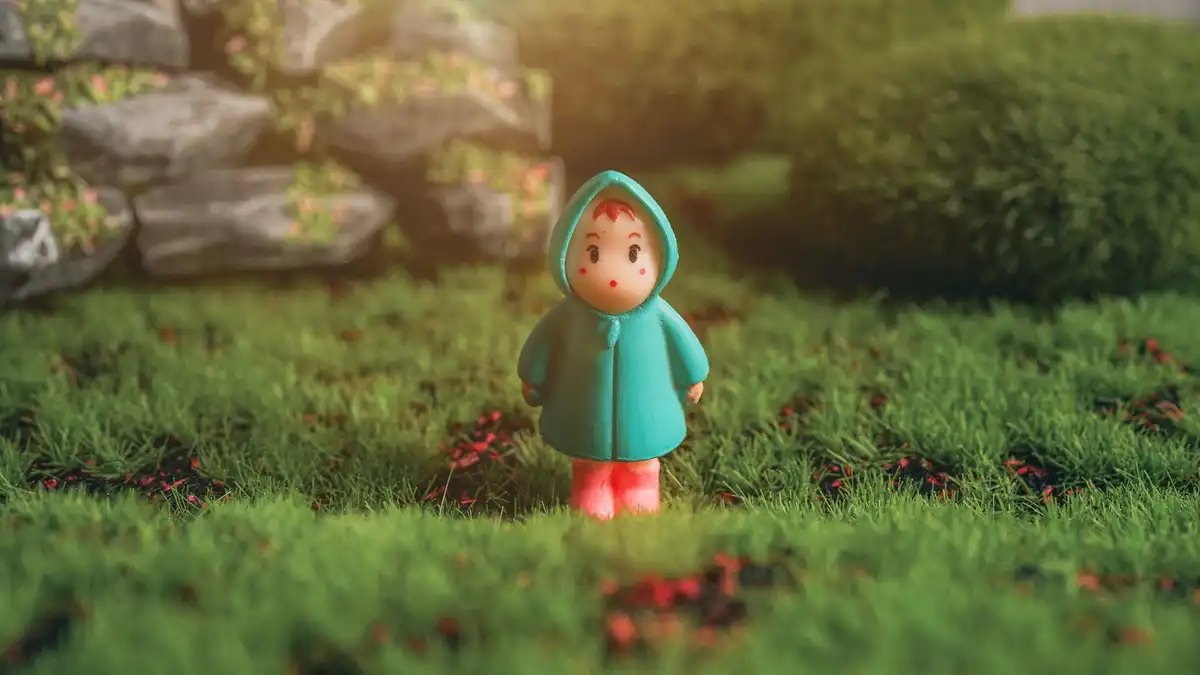7 Things You Should Avoid In Animation?
One of the most effective ways to entertain and educate people is through the medium of animation. If you want everyone to have a good time, there are a few things to keep in mind while planning an event. Experts in the world of animation share their best advice on what to stay away from when creating your own work.
1) No connection between the facial expressions of the characters and their movements
One of the most critical components of any animation is making sure that your characters’ motions and facial expressions are perfectly in sync. For viewers, it serves to make the story more credible and relevant.
Your characters will come out as stiff, artificial, and even humorous if they don’t have this connection. This is a key characteristic that distinguishes great artists from average ones. The design of a character’s mobility and facial emotions are critical, as demonstrated by https://www.wearefrantic.com/.
The surroundings around your characters should be in harmony with the emotions of your characters as well as their movements and facial expressions.
2) Animating a Scene Too Much
Over-animating a scene is a mistake that many beginning animators commit. Viewers may find it difficult to keep track of what’s going on onscreen as a result, which can make the show feel disconnected and confusing. Keep your scenes simple and easy to follow in order to avoid this.
Thus, your audience will be able to fully enjoy your work without feeling daunted or perplexed. If you’re animating a combat scene, for example, be sure that each character’s actions are simple yet distinct.
Also Read: The Importance of Technology in Animation Studios
3) Misuse of Sound Effects
Additionally, animators make the mistake of using startling or incorrect sound effects in their work. This can detract from the overall enjoyment of otherwise excellent animation. Make sure that the sound effects you choose match the tone and style of your work when selecting them.
In a light-hearted scenario, for example, avoid using rough or violent sound effects. The context in which your sound effects are employed should also be taken into consideration. As an example, don’t use noises that are improper for a love scene when animating.
4) Using References in the Wrong Way
A good animation relies heavily on the utilisation of references. A detailed explanation of how the action may have been carried out in the actual world is provided as well as step-by-step instructions.
Instead of merely replicating a pre-existing character with little respect for personality or style, the purpose of employing references is to take inspiration from them and develop a performance inspired by them instead.
The allusions are commonly overlooked by animators. Because they only pay attention to the major arm and leg motions while disregarding the subtle chest, hip, and thigh movements, they end up with jarring movements.
5) Trying to Make Things More Difficult
One of the primary objectives of any animation is to effectively convey your story or message. When you’re attempting to include too many components into your work, this might be a challenge. Less is more when it comes to animation.
Avoid overcomplicating things in your scenes and keep things basic. Thus, your audience will be able to fully enjoy your work without feeling daunted or perplexed.
6) Inconsistency
Consistency is essential when it comes to animation. Your characters’ actions, expressions, and personalities should all be consistent throughout your piece. If you’re juggling a huge cast of characters, this may prove challenging.
It’s critical to keep in mind, though, that even the smallest adjustments can have a significant influence on how you feel about your job in general. As an example, if you’re animating a sad character, make sure that their motions and expressions are congruent with that state of heartbreak.
7) Overlooking the “Why”
One of the most typical blunders made by animators is to lose sight of the purpose of their work. Keep in mind the aim of your work and what you’re attempting to accomplish when you’re animating.
Your work will be more focused and unified if you do this. Make sure your work is in line with the general message of the advertisement, for example, if you’re animating a scene.
There is no need to make any of these blunders. You must have an awareness of both the technical and fundamental ideas that make animation function in order to be successful. These tips can help you avoid typical blunders and produce animations that are both useful and visually appealing.




